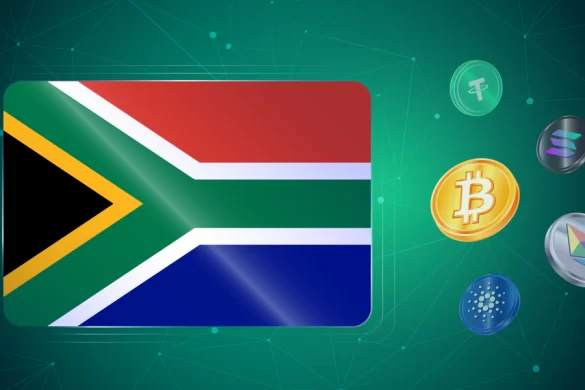The Bank has developed a technological prototype simulating the core of the digital shekel system. This prototype will allow payment service providers to access the system and offer advanced payment solutions to the public.
The types of payments being explored include micropayments, split payments, and payments requiring multiparty signatures. This initiative marks the first time a wide array of stakeholders from Israel and abroad have collaborated practically on designing the digital shekel.
Andrew Abir, deputy governor of the Bank of Israel, emphasized the collaborative nature of the challenge, inviting diverse entities in the financial sector to engage in the project. The challenge is inspired by the BIS Innovation Centre’s “Rosalind Project,” which explored API functionalities to support a retail CBDC and ensure safe payments.
The challenge will begin with a webinar on June 6, followed by a series of applications and presentations, concluding in September with a discussion of the results.
Since 2021, the Bank of Israel has conducted various tests and monitored scenarios, including the potential widespread use of stablecoins. Collaborations with entities like Hong Kong and the Bank for International Settlements have focused on protecting these systems from cyber threats.
Saul Rejwan of Masterkey VC highlighted that this challenge could bridge the gap between the web3 industry and government efforts, despite some technological solutions not yet being considered. The final meeting date and announcement of results will be set later this year.




